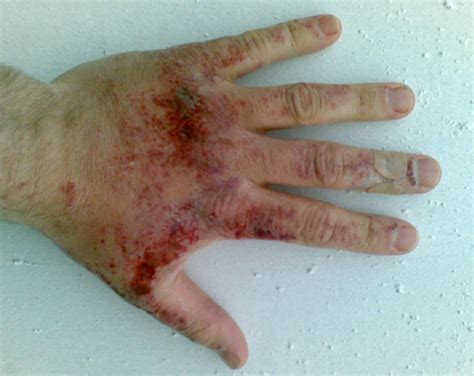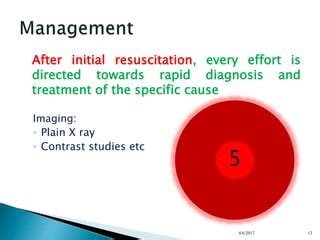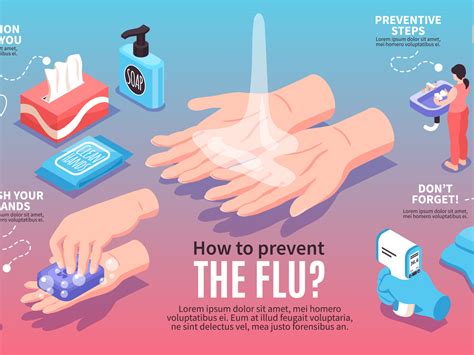Intro
Treat face chemical burns with our comprehensive guide, covering symptoms, first aid, and advanced treatments, including wound care and scar management, to promote healing and minimize damage.
Chemical burns, also known as caustic burns, can occur when the skin comes into contact with a corrosive substance, resulting in tissue damage and potentially serious health complications. When a chemical burn occurs on the face, it can be particularly distressing due to the sensitive nature of the skin in this area and the potential for scarring. Understanding how to treat a chemical burn on the face is crucial for minimizing damage and promoting effective healing.
The importance of proper and immediate treatment cannot be overstated. Chemical burns can be caused by a wide range of substances, from household cleaning products to industrial chemicals. The severity of the burn can vary significantly depending on the nature of the chemical, the concentration of the substance, and the duration of exposure. It's critical for individuals to know how to react in the event of a chemical burn to the face to prevent further injury and ensure the best possible outcome.
The process of treating a chemical burn on the face involves several steps, from initial first aid to ongoing care and potential medical interventions. It's essential to approach each case with caution, as the goal is not only to heal the burn but also to prevent infection and minimize scarring. With the right treatment and care, it's possible to effectively manage chemical burns and support the healing process, even in sensitive areas like the face.
Understanding Chemical Burns

Chemical burns occur when the skin or eyes come into contact with an irritant or corrosive substance. These substances can be found in various products, including cleaning supplies, drain cleaners, and certain types of batteries. The burn can cause immediate damage to the skin and underlying tissues, leading to pain, redness, and blistering. In severe cases, chemical burns can penetrate deep into the skin, causing extensive damage that may require surgical intervention.
Classification of Chemical Burns
Chemical burns are typically classified based on their severity, similar to thermal burns. The classification includes: - First-degree burns: These are the mildest form and affect only the outermost layer of skin. - Second-degree burns: These burns extend into the middle layer of skin, causing blisters and potentially more severe damage. - Third-degree burns: The most severe type, third-degree burns destroy both layers of skin and may reach underlying tissues.Initial Treatment for Chemical Burns on the Face

The initial treatment for a chemical burn on the face is crucial for preventing further damage and promoting healing. The steps include:
- Flush the Area: Immediately rinse the affected area with plenty of cool or lukewarm water to remove any remaining chemical. Avoid using hot water, as it can activate certain chemicals and worsen the burn.
- Remove Contaminated Clothing: Take off any clothing or jewelry that has come into contact with the chemical to prevent further exposure.
- Neutralize the Chemical (If Applicable): For some chemical burns, a specific antidote may be recommended. However, this should only be done under the guidance of a medical professional.
- Apply a Topical Cream or Gel: After flushing, a topical antibiotic ointment can be applied to help prevent infection. A non-stick dressing can also be used to cover the burn.
When to Seek Medical Attention
It's essential to seek medical attention immediately if: - The burn is large or deep. - The burn is on the face, hands, feet, or genital area. - You are unsure of the severity of the burn. - The burn was caused by an electrical source. - There are signs of infection, such as increased redness, swelling, or pus.Ongoing Care for Chemical Burns

After the initial treatment, ongoing care is vital for the proper healing of chemical burns. This includes:
- Wound Cleaning: Gently clean the burn with cool or lukewarm water and mild soap. Avoid harsh or abrasive cleansers.
- Applying Topical Treatments: Continue to apply topical antibiotic ointments as directed by a healthcare provider.
- Dressing the Burn: Cover the burn with a non-stick dressing to protect it from further irritation and infection.
- Pain Management: Over-the-counter pain relievers can help manage pain and discomfort. However, always follow the recommended dosage and consult with a healthcare provider before taking any medication.
Nutritional Support for Healing
A balanced diet rich in vitamins and minerals, particularly vitamin C and zinc, can support the healing process. Foods high in these nutrients include citrus fruits, leafy greens, and lean proteins.Preventing Infection and Scarring

Preventing infection and minimizing scarring are key goals in the treatment of chemical burns. To achieve this:
- Monitor for Signs of Infection: Watch for increased redness, swelling, warmth, or pus around the burn area.
- Keep the Burn Clean: Regular cleaning and dressing changes can help prevent infection.
- Avoid Picking at Scabs: Allow scabs to fall off naturally to prevent infection and scarring.
- Consider Silicone Gel or Sheeting: For burns that are at risk of significant scarring, silicone gel or sheeting can be applied to the affected area to help flatten and soften the scar tissue.
Psychological Support
The psychological impact of a chemical burn, especially on the face, should not be underestimated. Support from family, friends, and mental health professionals can be invaluable in coping with the emotional aspects of the injury and the healing process.Advanced Treatments for Chemical Burns

In cases where chemical burns are severe or do not respond to standard treatments, advanced medical interventions may be necessary. These can include:
- Surgical Debridement: The removal of dead tissue to promote healing and prevent infection.
- Skin Grafting: Transferring healthy skin from one part of the body to another to cover areas where skin has been severely damaged.
- Laser Therapy: To reduce scarring and promote skin rejuvenation.
Future Directions in Chemical Burn Treatment
Research into new treatments and technologies, such as stem cell therapy and bioengineered skin substitutes, holds promise for improving outcomes for individuals with chemical burns.Conclusion and Next Steps

Treating chemical burns on the face requires immediate action, careful ongoing care, and potentially advanced medical interventions. By understanding the causes, classification, and treatment options for chemical burns, individuals can better navigate the healing process and work towards minimizing scarring and preventing infection. It's also crucial to recognize the psychological impact of such injuries and seek support when needed.
We invite you to share your thoughts, experiences, or questions regarding chemical burn treatment in the comments below. Your input can help others who are facing similar challenges, and together, we can foster a supportive community focused on healing and recovery.
What are the most common causes of chemical burns?
+Chemical burns can be caused by a wide range of substances, including household cleaning products, industrial chemicals, and certain types of batteries.
How can I prevent chemical burns?
+Prevention involves handling chemicals with care, wearing protective clothing, and following the instructions on the product label.
What should I do if I suspect a chemical burn has become infected?
+Seek medical attention immediately if you notice signs of infection, such as increased redness, swelling, warmth, or pus around the burn area.
